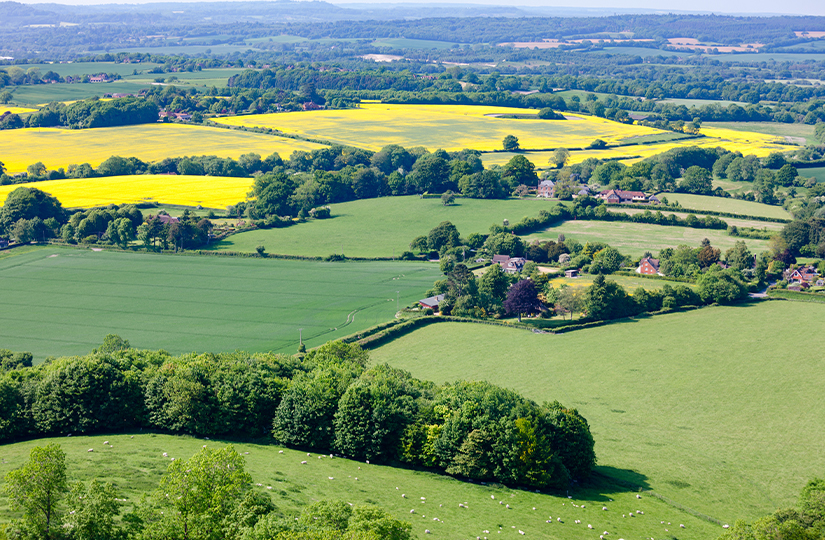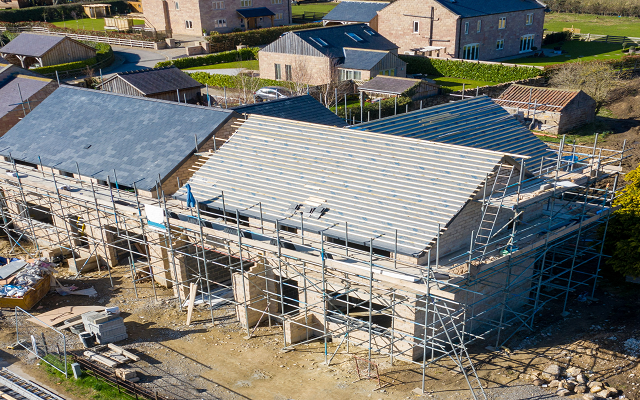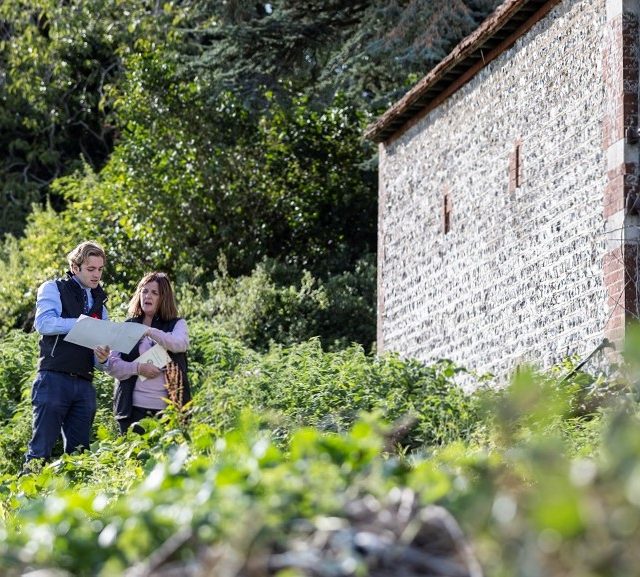Planning White Paper – what does it mean for rural areas?
The government has recently published its long-awaited Planning for the Future White Paper which sets out its vision for a radical reform of the current planning system, with an apparent overarching intention to modernise it, and speed up decision-making.
The White Paper confirms the much-talked-about plans for zoning land into three categories: growth areas suitable for sustainable development; renewal areas suitable for some development; and protected areas where development will be restricted.
It also sets out proposed changes to the Local Plan process, including a significantly condensed statutory timetable of no more than 30 months for the preparation of a new Local Plan, and a new nationally-determined, binding housing requirement that planning authorities would have to deliver through these Plans.
Organisations representing the interests of farmers and landowners have responded to the package of proposals cautiously. The CLA and NFU have both pointed out that any zoning system needs to recognise that development in the countryside – such as converting disused barns for diversified enterprises and the creation of affordable housing – is essential for the health of the rural economy.
The 84-page document makes no mention of agriculture specifically, and the word ‘rural’ only features once, so at this stage we can only draw broad conclusions about the likely implications for farms and estates.
However, overall it is evident that the White Paper primarily focusses on the planning process, rather the fundamental principles of where development is or isn’t considered suitable.
There will inevitably be some debate when it comes to the zoning process, in terms of whether specific pieces of land should fall into one zone or another. This may particularly be the case for land on the edge of settlements which are not currently protected by Green Belt or other landscape designations and could therefore could open up opportunities for some farms and estates, although perhaps close down options for others. Much will depend on how the zones are designated in practice and how they will be reviewed.
The White Paper also points to greater support for small- to medium-sized developers, at least in the short term, which combined with the potential opportunities arising from zoning, could increase the attractiveness and thus value of land around existing settlements.
It is also worth noting that ahead of the White Paper’s publication the government announced changes to Permitted Development Rights and Use Class Orders, which both present possible new prospects for farmers and landowners that may have already diversified into non- agricultural and commercial uses for their land and buildings.






